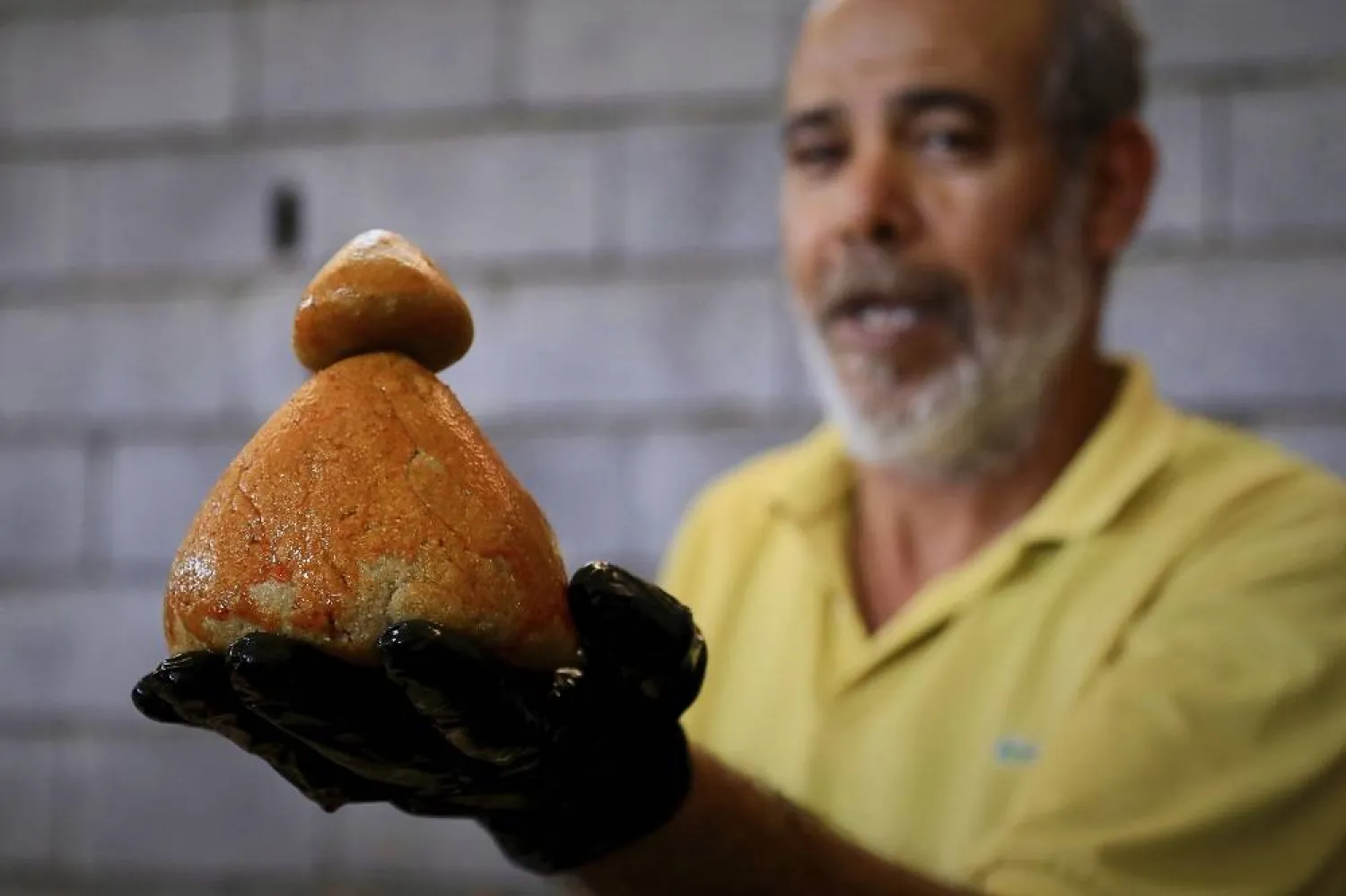The Saudi Heritage Commission and the Chamber of Commerce and Industry in Al-Makhwah Governorate of the Al-Baha region celebrated on Thursday World Heritage Day at the Thee Ain Historic Village.
The event was attended by Al-Makhwah Governor Ghalab bin Ghaleb Abu Khashaym.
The festivities included captivating sound and light shows projected onto the facades of 58 heritage houses in the village, a folk performance, a heritage council, and the traditional preparation of Saudi coffee.
Thee Ain Historic Village is renowned for its authentic heritage, rich history, and breathtaking beauty. According to the United Nations Educational, Scientific, and Cultural Organization (UNESCO), the village dates back to the end of the 10th century.
It stands as one of the most significant heritage villages in the Kingdom, featuring 58 stone-built palaces situated atop a mountain of white marble. The village is home to a mosque where obligatory and Friday prayers are held.








